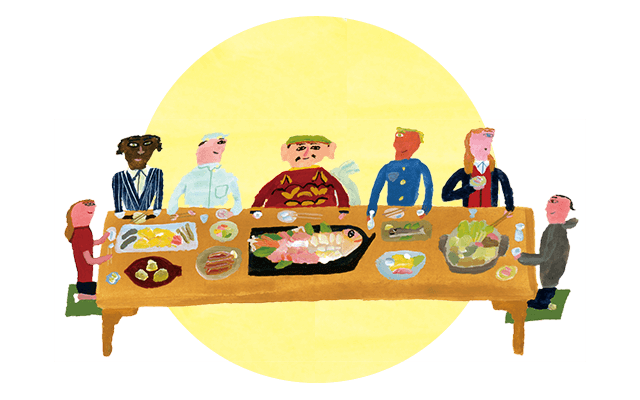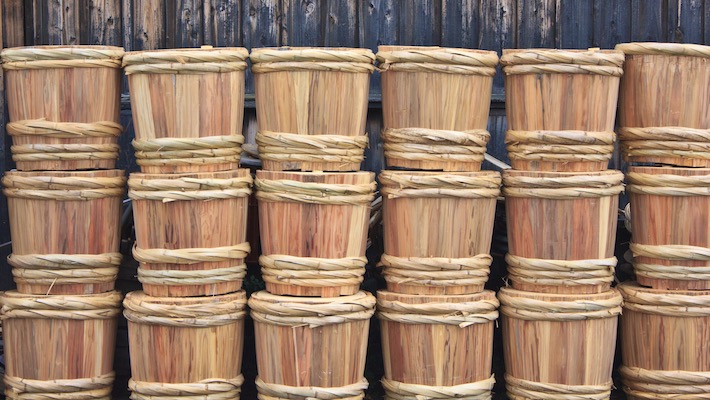
Harima Archives
2022.03.18 History of Sake-making

The Origins of Sake-making
The history of sake-making is ancient. It is not possible to say with certainty when it started. Harimanokuni Fudoki, compiled around 1,300 years ago, mentions that “some of the steamed rice offered to the gods grew mold, so sake was brewed and offered as niwaki, and a banquet was held,” thus leading to the theory that Harima is the birthplace of sake.
Sake-making as a Trade
Because sake, which uses rice as an ingredient, can be made anywhere in Japan, it is thought that every region and community had its own “homebrew” from ancient times. This developed commercially in the Edo period. Fearing that rice, a staple, would be consumed in waste in farming villages, the Edo shogunate designated sake as a luxury and allowed sake-making for sale alone in towns such as castle towns, rural towns, and post towns. Because of this, sake-making began to flourish in various places, including Harima for distribution.
Remains Unchanged to Today
Nihon Sankai Meisan Zue (a book of Japan’s specialties from the mountains and the sea), issued in 1799, explains along with illustrations the method of sake-making during the Edo period. It has large vats used for making the moromi, a kojimuro for making koji, etc., showing that almost the same method for making sake as now was established. Additionally, large equipment was used for making sake in large quantities, indicating that substantial capital was needed to start sake-making at the time.
The Birth of Famous Sake-Producing Areas
Famous sake-producing areas in Kansai, such as Nada and Itami, also appeared in the Edo period. Even in Harima, sake-making was permitted as a castle town of Himeji, so the Naba family, who worked at the inn for the daimyo of Himeji, also made sake. Harima had many skilled toji (brewmaster) groups for a long time, and it seems that there was a sect called Banshu toji. As sake-making developed commercially, surplus rice became insufficient, and brewers started to purchase rice for sake-making. This was where Harima, a rice-producing area, flourished. Good quality Harima rice gained popularity for sake-making.
The Connection of the Muramai System
The muramai system refers to a sake rice dealing system concluded between Harima’s sake rice production areas and specific kuramoto, or sake brewers, such as the Nada Gogo breweries. To secure good quality sake rice for the kuramoto, the kuramoto would purchase a certain amount of rice from the farmers every year. In some areas, this system is still in place today, and there is a strong connection, with farmers and brewers helping each other in the event of a disaster.



